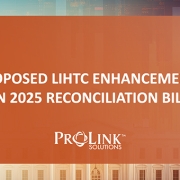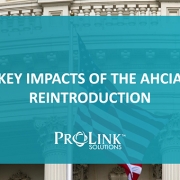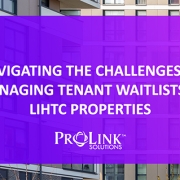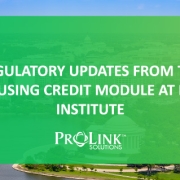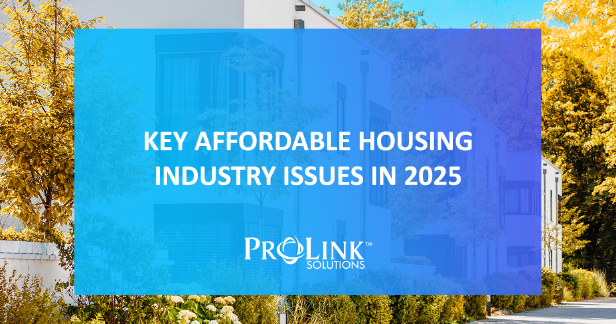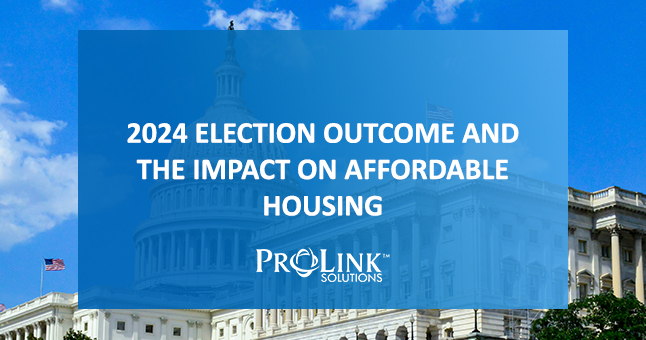Shaping the Future of Affordable Housing at NCSHA’s Housing Credit Connect Conference 2025
The National Council of State Housing Agencies (NCSHA) is hosting its annual Housing Credit Connect conference in Chicago from June 24-27th. This is a chance for the industry to gather together and discuss key challenges and opportunities within affordable housing. With Congress advancing major tax legislation that could bring the most substantial changes to the Housing Credit in more than ten years, the affordable housing industry is actively assessing how these proposals could affect the program.
During the conference, attendees will gain insight as into how state agencies intend to allocate the additional 12.5% in Housing Credit authority, how the reduced tax-exempt bond financing threshold could transform the structuring of 4% Credit developments, how new basis boosts for rural and Native American communities will support project feasibility, and how these changes may influence equity markets and Credit pricing.
ProLink Solutions is proud to serve as a Platinum Sponsor at this year’s Housing Credit Connect Conference. We’re excited to share that Ryan Kim, Vice President of Professional Services, and Connor McKenna, Director of Product Strategy, will be featured as guest panelists during this year’s conference.
Featured Panelists
Ryan Kim will join as a guest panelist for the session Average Income Test Compliance Strategies on Wednesday, June 25th, from 4:30 to 5:30 p.m. This session will explore effective state agency and industry best practices for ensuring compliance with the Average Income Test (AIT) minimum set-aside. Topics will include initial tenant qualification, unit designation, project lease-up, AIT compliance reporting, application of the Next Available Unit Rule, annual recertifications, use of AIT in resyndication, correction of noncompliance, and maintaining compliance in developments with multiple subsidies.
On Thursday, June 26th, Connor McKenna, will be speaking on the NSPIRE Physical Inspection Primer panel from 4 to 5 p.m. This session will cover key components of the National Standards for the Physical Inspection of Real Estate (NSPIRE) protocol, including implementation timelines, revised scoring procedures, and best practices for applying the standards in developments with multiple subsidies. The discussion will also address how staffing reductions at the U.S. Department of Housing and Urban Development—both at headquarters and in field offices—may affect NSPIRE reporting requirements within the Housing Credit industry.
Connor will also be a speaker for Artificial Intelligence and Compliance Tech Trends, hosted on Friday, June 27th from 11 a.m. to 12 p.m. Recent changes in Housing Credit compliance requirements are spurring significant advances in software and technology. This session will explore new tools to monitor compliance with AIT requirements, HOTMA income and asset rules, and the NSPIRE inspection protocol, as well as efficiencies gained through artificial intelligence, expedited tenant qualification procedures, and standardized compliance documents.
Conclusion
As housing agencies place greater emphasis on data-driven decision-making, the conference will showcase how data can be leveraged to optimize Housing Credit allocations, evaluate program performance, and strengthen compliance efforts. Attendees will also have the chance to engage with affordable housing leaders from across the country, fostering valuable connections and collaboration.
For ProLink Solutions and others in the affordable housing sector, events like this provide invaluable opportunities to stay informed, connect with industry peers, and actively contribute to the conversations shaping the future of housing policy and practice. As a technology partner, we’re committed to equipping housing agencies and stakeholders with effective tools and strategies for developing, managing, and preserving Housing Credit portfolios.
ProLink Solutions will be at Booth 16 at Housing Credit Connect next week. We’d love to hear what’s on your mind and share how we’re helping others in the affordable housing space.



